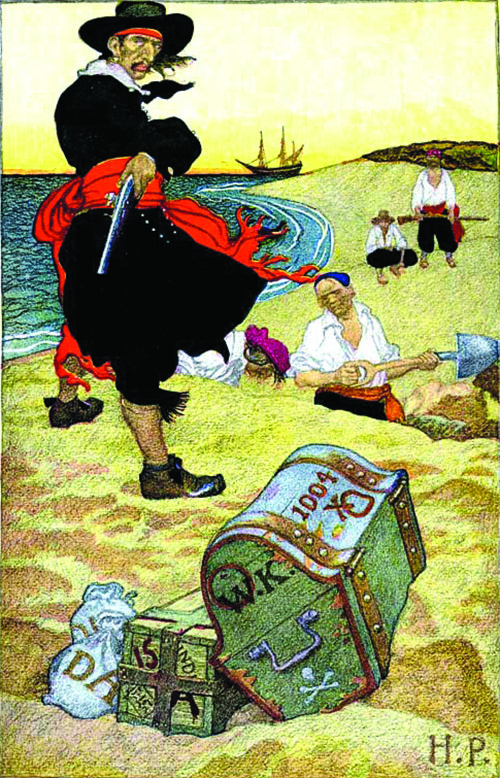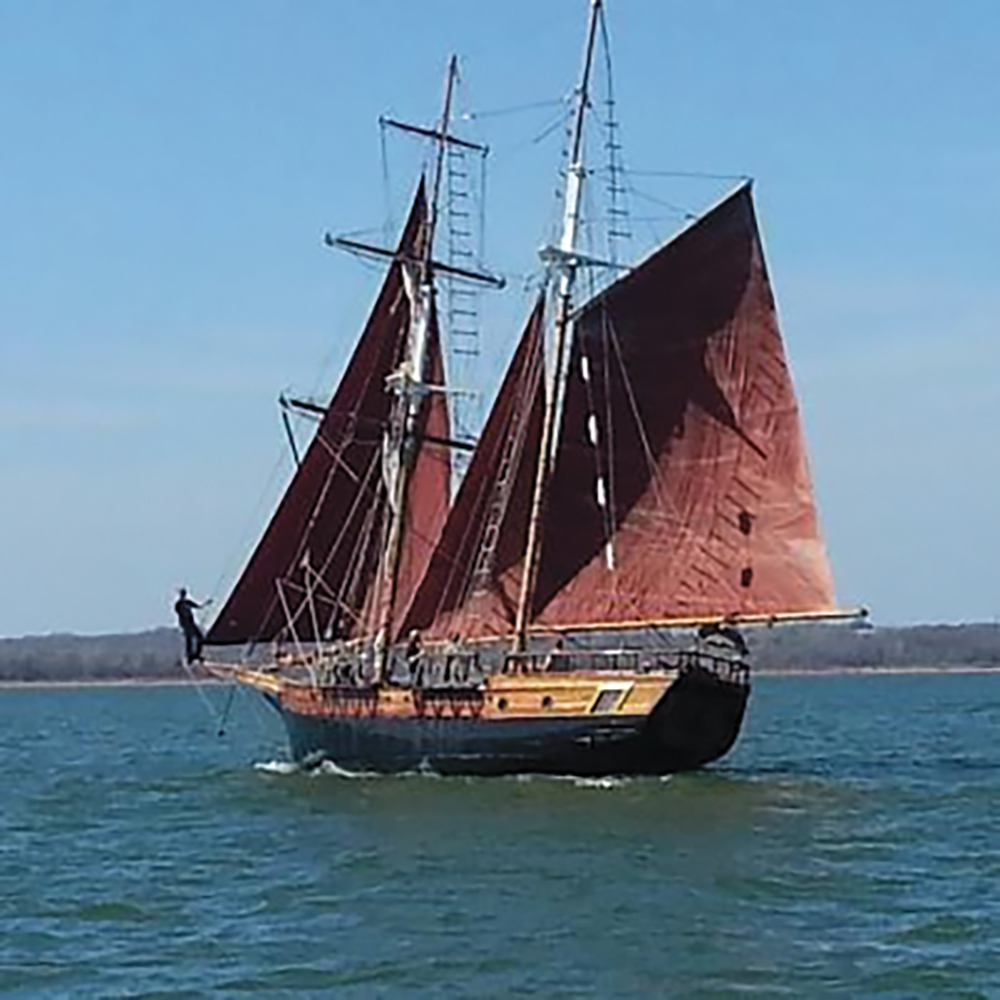Many a pirate passed by the Jersey Shore and found their way through our local waterways and marshland.
For pirates to conduct their business along our coastline, meant taking on more than the usual risks, but the chance to trade, re-supply and frolic was just too tempting. Others such as, outlaws, smugglers and those engaged in illegal activity of all kinds, were already in place. The new swashbucklers served to reinforce the open climate in the waters of the southern New Jersey coast. In these circumstances, it would not be surprising to find some proof that Cape Island and the bay communities of Cape May County operated a station, position or function during the time of the “underground railroad,” during our Civil War years.

For piratical men, “on the account” there were also several other serious risks to deal with. There was the danger of being recognized by others anxious to claim generous rewards for information and capture offered in the king’s warrants. These posted warrants notified the public and other commercial, manufacturing and the general maritime community that pirates might “come a calling” in a dramatic and forceful way seeking to fill their needs. Another risk was that the bay and river were narrow openings within which to maneuver, both for the merchants and the pirates as well. While merchant ships used square-rigged sails and deep hulls, they sacrificed the ability to change direction quickly or accurately. They were restricted to deep water, natural or maintained by dredging. The ships of the pirate and pirate hunters were mainly classed as sloops. They sported as many as three masts and were shallow-drafted which gave them the ability to travel very quickly and accurately using a jib-rigged sail plan.
Due to the ongoing Dutch, Swedish and English presence, the pirates needed a place to temporarily stash goods not yet ready to be disposed of. Our Delaware Bay county of Cape May, fit the bill quite nicely in the days before settlements came to be permanently established. Always overshadowed by Cape Island and the settlements of the coastal barrier islands and mainland villages, the bay side was anything but fallow. Much exploration by land and sea took place back as historical footprints washed ashore during the “Golden Age of the Pirates.”






